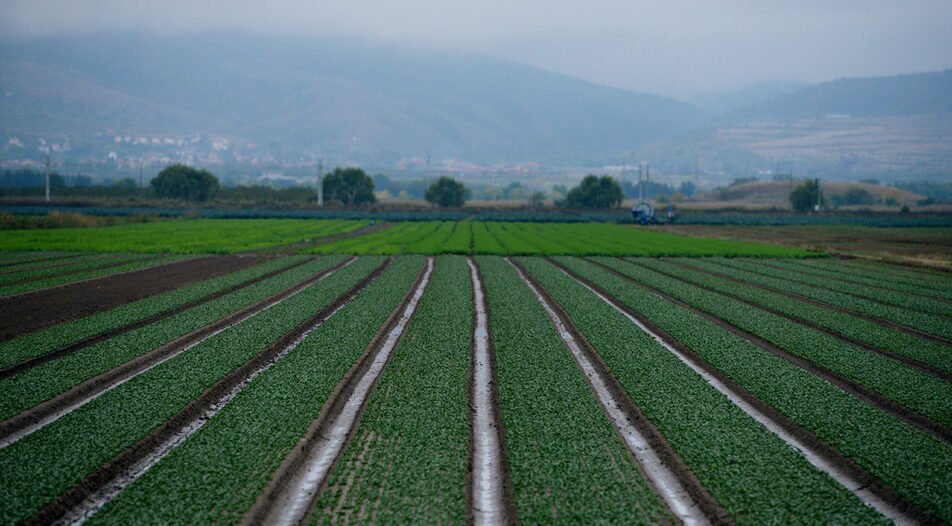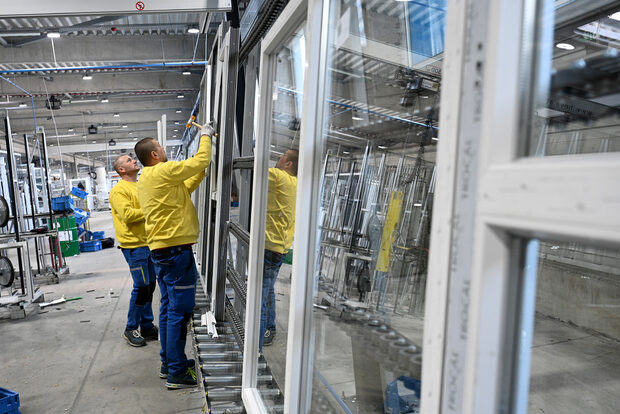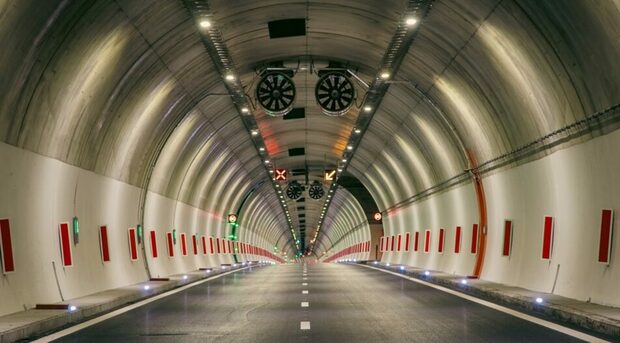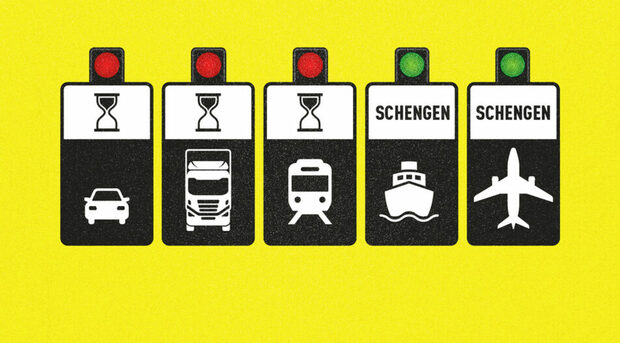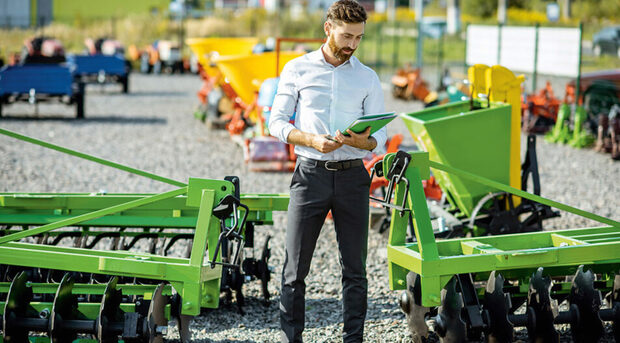Undoubtedly the most important economic event in recent history - high inflation - has also left its mark on agriculture. Last year, prices per producer in the farming sector rose 31% compared to 2021 - more than the net rise for the preceding ten years. The increase was driven by a sharp spike in prices of the main inputs used in production - fertilizers, chemicals and energy - which, according to Eurostat, have risen by 32%.
The inflationary wave has also shaken the market for agricultural land. In 2022, the price per hectare reached 1,309 levs, whereas only two years ago it was below 1,000 levs. Rent has also gone up, albeit at a slightly slower pace.
The number of employees in agriculture declined by more than 100,000 over the past decade, registering about 546,000 by 2022, including seasonal workers. The average gross wage in the sector reaches 1,280 levs and, although it grew by 18% compared to 2021, it remains far below the average for the overall economy. It is therefore no surprise that the sector is suffering from a noticeable labor shortage. The shortfall is somewhat mitigated by rising labor productivity, which in real terms is increasing by an average of around 2.4% a year.
Undoubtedly the most important economic event in recent history - high inflation - has also left its mark on agriculture. Last year, prices per producer in the farming sector rose 31% compared to 2021 - more than the net rise for the preceding ten years. The increase was driven by a sharp spike in prices of the main inputs used in production - fertilizers, chemicals and energy - which, according to Eurostat, have risen by 32%.








